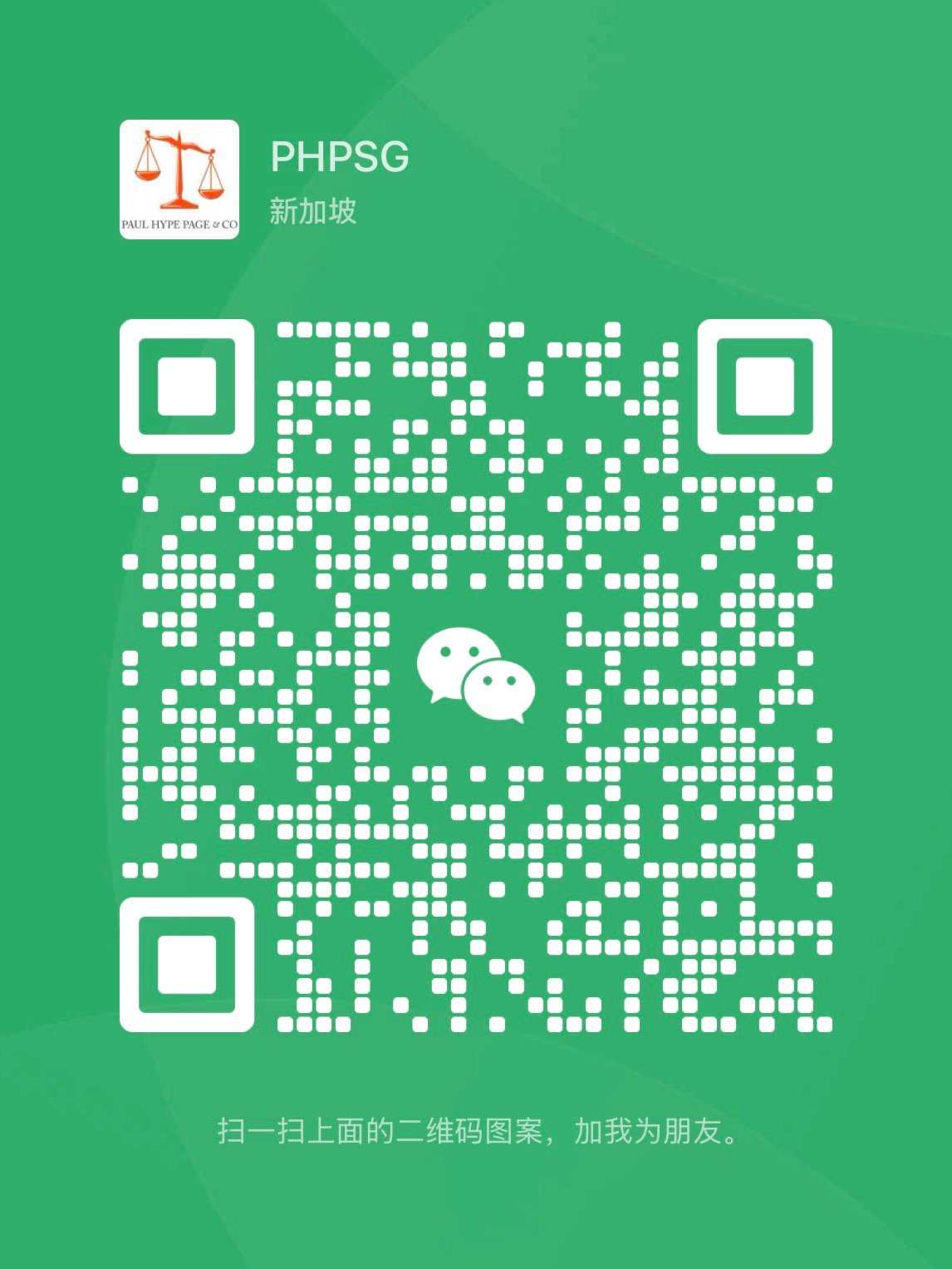Outline
The other day, over coffee, my friend Jaden dropped a bombshell.
“AI just stole my job.”
I nearly choked on my latte. Jaden had been working as a content writer for years, crafting well-researched, engaging articles that businesses paid decent money for. Writing was his thing—he loved it, and he was good at it. It wasn’t just about the money; it was about the craft, the ability to tell stories, to create something out of nothing.
“Wait, what? How?” I asked, not quite sure if he was serious.
Jaden sighed. “They brought in an AI writing tool. At first, it was just doing outlines. Then it started writing full-length articles. Next thing I know, my boss tells me they don’t really need me for content anymore.”
I blinked. Just like that, his job was gone. A tool had replaced him, and he wasn’t even the first. AI had been creeping into creative industries for a while—graphic designers, video editors, even programmers had been feeling its presence. But hearing it firsthand from a friend made it feel different. It wasn’t a news headline anymore. It was real.
The Rise of AI in the Workplace: Friend or Foe?
We all knew it was coming. For years, AI had been making small but significant inroads into various industries. Automation had already taken over many manual labor jobs, and now, with the rise of generative AI, white-collar professions were beginning to feel the heat.
For writers, the shift was particularly stark. AI models like ChatGPT, Jasper, and Copy.ai could now churn out blog posts, social media captions, and even full-length reports in a matter of seconds. Businesses that once hired content creators to write product descriptions or website copy could now automate the process at a fraction of the cost.
For Jaden, it meant the end of his role as he knew it.
“I should have seen it coming,” he admitted, taking a sip of his coffee. “At first, they introduced AI as a ‘productivity tool.’ We used it to speed up research, generate outlines, and rewrite drafts. It was actually pretty useful. But then, I started noticing that my input was needed less and less. The AI could write an entire article in minutes, and all I had to do was edit it.”
That was when the panic set in. If AI could generate content so quickly, what was stopping his company from cutting him out of the process entirely?
The answer came soon enough. His company decided they didn’t need full-time writers anymore. They needed someone to manage the AI.
The Job AI Took… and the One It Created
Here’s where the story takes an unexpected turn. Instead of walking him out the door, his employer did something surprising.
“They offered me a new role,” Jaden said. “AI Content Strategist.”
I stared at him. “So… wait. You got promoted?”
Jaden shrugged. “Sort of. My job isn’t just writing anymore—it’s managing AI. The AI generates the content, but I guide it. I refine its tone, make sure it aligns with the brand, and add the creative touch that AI just doesn’t get.”
It turns out that AI isn’t perfect. It’s fast, sure, but it lacks nuance. It doesn’t understand humor the way humans do. It struggles with sarcasm, storytelling, and emotional depth. It can churn out technically correct sentences, but without human intervention, those sentences lack soul.
“The AI can get the job 80% done,” Jaden explained. “But that last 20%? That’s where I come in. I make sure the content is engaging, human, and actually worth reading.”
In other words, AI didn’t replace Jaden. It forced him to evolve.
How AI Made Jaden’s Job Better
At first, he wasn’t sure how to feel about it. Losing his old job stung, but as he settled into his new role, he realized he was actually doing less grunt work and more high-value strategy.
“I used to spend hours writing blog posts. Now, I focus on big-picture content marketing. I train the AI, tweak its prompts, and shape brand storytelling. The AI writes, and I make sure it actually makes sense.”
Here’s what changed for him:
1. He Moved from Execution to Strategy
- Instead of writing, Jaden now oversees AI-generated content, ensuring it aligns with business goals.
- He focuses on storytelling, brand voice, and audience engagement rather than just churning out words.
2. He Learned AI Optimization Skills
- Fine-tuning AI models to match brand voice? That’s a valuable skill.
- He became proficient in AI prompt engineering, making sure the AI produced higher-quality content.
3. His Value Skyrocketed
- AI can generate words, but human insight is irreplaceable. Companies still need someone to ensure content is engaging, accurate, and persuasive.
- His job became less about writing and more about managing AI-driven marketing strategies.
4. He Gained a Competitive Edge
- Companies are looking for people who can work with AI, not against it. Jaden is now ahead of the curve.
- AI literacy is becoming a must-have skill in content creation.
AI Won’t Replace You—But Someone Who Uses AI Might
Hearing Jaden’s story, I realized something: The people who fear AI are the ones who refuse to adapt. AI isn’t eliminating jobs—it’s transforming them.
Writers are becoming AI-driven content strategists.
Designers are becoming AI-enhanced creatives.
Analysts are becoming AI-powered consultants.
The question isn’t “Will AI take my job?” It’s “How can I use AI to make my job better?”
How You Can Future-Proof Your Career in an AI-Driven World
So, what can we learn from Jaden’s experience? If AI is changing industries, how do we stay ahead instead of getting left behind?
1. Learn to Work with AI, Not Against It
Jaden could have fought AI. He could have refused to use it, complained about automation, and insisted on doing things the old way. If he had, he would have been out of a job.
Instead, he embraced AI as a collaborator, not a competitor. That mindset shift made all the difference.
2. Develop High-Level Thinking Skills
AI is great at repetitive tasks, but it lacks strategy, creativity, and emotional intelligence. If you want to stay relevant, focus on:
- Big-picture problem-solving
- Brand storytelling and user experience
- Emotional connection in communication
3. Gain New Skills in AI Optimization
Companies don’t just need AI tools; they need people who know how to use them effectively. Learning how to train AI, refine its output, and integrate it into workflows makes you indispensable.
4. Focus on What AI Can’t Do (Yet)
AI is still weak in areas like:
- Original creativity
- Deep emotional intelligence
- Complex decision-making
The more you develop skills in these areas, the more valuable you become.
Final Thoughts: The Future Belongs to Those Who Adapt
Jaden could’ve resisted AI. He could’ve quit, complained, or insisted on doing things the old way. Instead, he adapted—and ended up with a better job than before.
“Honestly, I work less, get paid more, and have a skill set that’s only going to grow in demand,” he told me.
So yeah, AI “stole” his job. But it also handed him a better one.
And for the rest of us? We have a choice. Fight AI and lose… or embrace it and thrive.
About The Author
Share This Story, Choose Your Platform!
Related Business Articles


